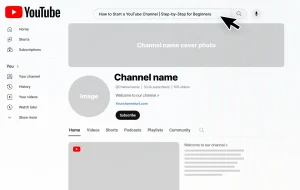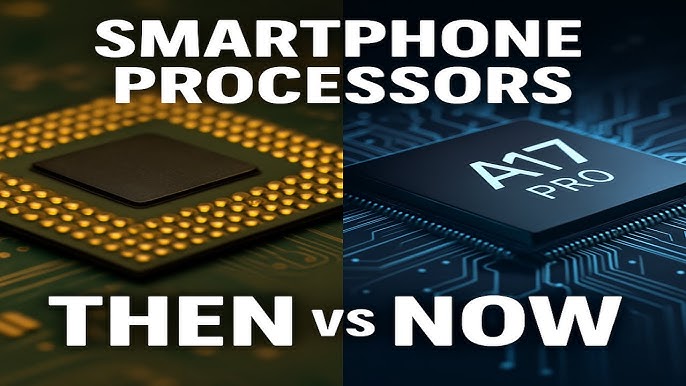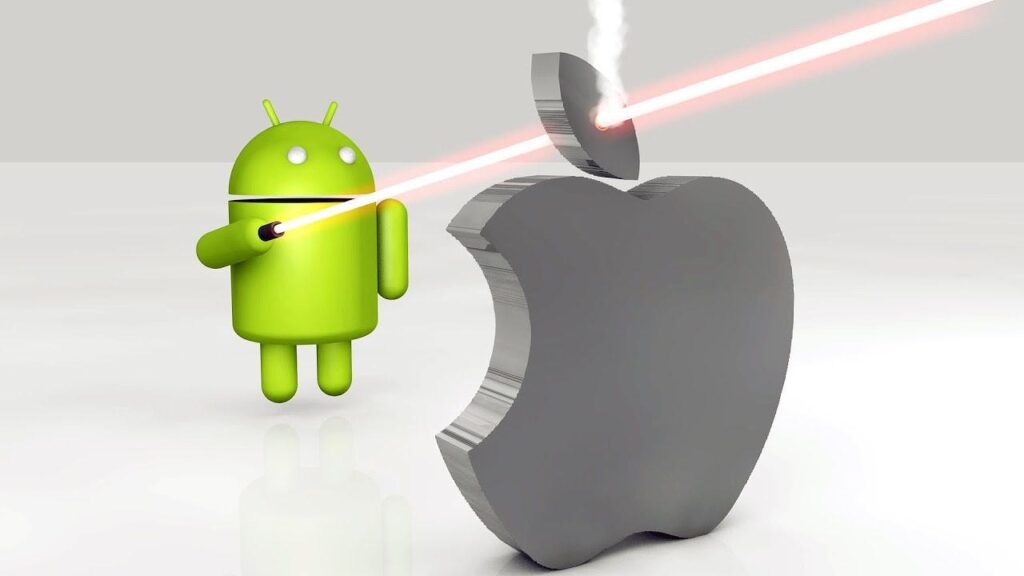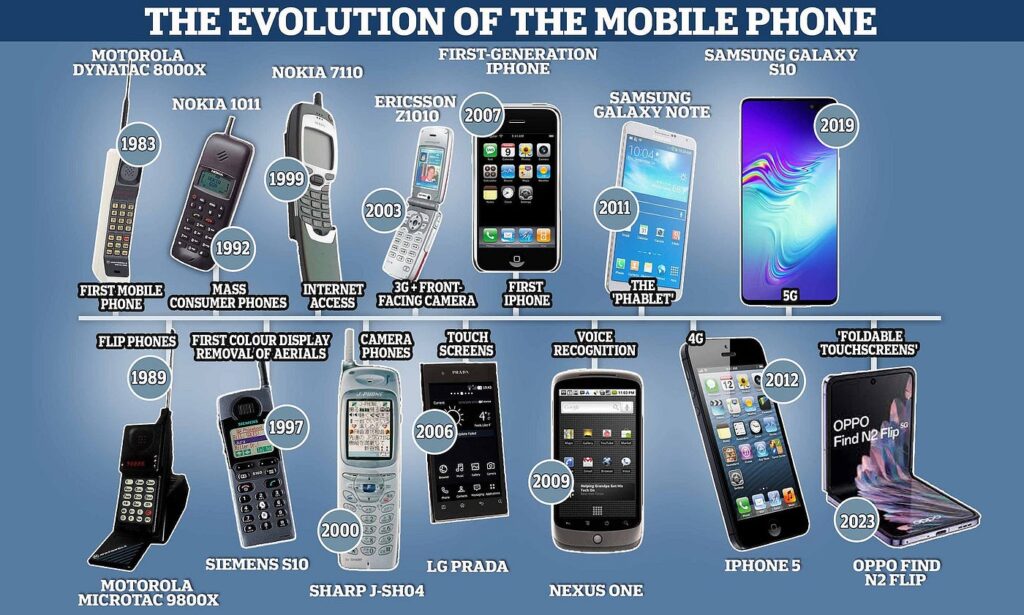The tech industry is booming, and more people than ever are consuming content about gadgets, AI, coding, cybersecurity, and emerging trends. If you’re passionate about technology and want to share your knowledge, starting a tech YouTube channel or tech blog can be a rewarding venture. Not only does it allow you to build authority in your niche, but it can also generate income through ads, sponsorships, and affiliate marketing.
This guide will walk you through every step, from choosing a niche to monetizing your content.

1. Why Start a Tech YouTube Channel or Blog?
-
High Demand for Tech Content: People are constantly searching for reviews, tutorials, and insights.
-
Multiple Monetization Options: Ad revenue, brand sponsorships, affiliate programs, and even selling your own digital products.
-
Personal Branding: Establish yourself as a thought leader in the tech space.
-
Scalable Business: Content can keep earning you income long after it’s published.
2. Choose Your Tech Niche
Going broad makes it hard to stand out. Instead, narrow your focus to a niche you’re passionate about:
-
Tech Reviews: Laptops, smartphones, gadgets.
-
Coding & Development Tutorials: Python, JavaScript, WordPress, APIs.
-
Cybersecurity Tips: Privacy, VPNs, password managers.
-
AI & Emerging Tech: ChatGPT, automation, robotics.
-
Gaming Tech: Hardware reviews, streaming setups, performance optimization.
-
Green Tech: Eco-friendly gadgets and innovations.
Example: Instead of just “tech reviews,” you could focus on “budget smartphones under $300.”
3. Research Your Target Audience
Ask yourself:
-
Who do you want to reach? (Students, professionals, gamers, entrepreneurs)
-
What problems are they trying to solve?
-
What platforms are they most active on (YouTube, blogs, TikTok)?
Use tools like:
-
Google Trends – Find trending topics.
-
AnswerThePublic – See what questions people ask.
-
YouTube Search – Analyze keywords and competitor videos.
4. Pick Your Platform
-
YouTube Channel: Best for reviews, tutorials, unboxings, and visual explanations.
-
Tech Blog: Ideal for in-depth articles, SEO, affiliate marketing, and guides.
-
Hybrid Approach: Use both—blog for detailed written content, YouTube for engaging visuals.
5. Set Up Your Channel or Blog
For YouTube:
-
Create a Google account.
-
Customize your channel (logo, banner, about section).
-
Invest in basic equipment: good microphone, webcam/DSLR, screen recording software.
-
Use tools like Canva for thumbnails and TubeBuddy/VidIQ for SEO.
For Blogging:
-
Choose a domain name (easy, tech-focused, memorable).
-
Get hosting (SiteGround, Hostnali, Bluehost).
-
Install WordPress for customization.
-
Pick a clean theme optimized for speed and SEO.
6. Content Planning
Consistency matters more than perfection. Plan out at least 10-15 content ideas before launching.
Examples:
-
“Top 10 Free AI Tools in 2025”
-
“Best Budget Laptops for Students”
-
“How to Secure Your Online Privacy”
-
“Step-by-Step WordPress Setup Guide”
Pro Tip: Mix evergreen content (always relevant) with trending topics (new launches, latest updates).
7. Learn SEO & Algorithm Basics
-
YouTube SEO: Use keywords in titles, descriptions, and tags. Add engaging thumbnails. Encourage likes, comments, and subscriptions.
-
Blog SEO: Optimize with keywords, internal links, headings, and meta descriptions. Build backlinks to increase authority.
Tools to use:
-
Ahrefs / SEMrush – For keyword research.
-
Yoast SEO (WordPress plugin).
-
VidIQ or TubeBuddy – For YouTube growth.
8. Build Engagement
-
Respond to comments quickly.
-
Share your videos/blogs on Twitter, LinkedIn, Reddit, and Facebook groups.
-
Build an email list for your blog readers.
-
Collaborate with other creators.
9. Monetization Options
Once you build an audience, you can start earning:
-
YouTube AdSense (requires 1,000 subscribers + 4,000 watch hours).
-
Affiliate Marketing (Amazon Associates, tech brands like Logitech, Nvidia, or software companies).
-
Sponsored Content (tech companies will pay you to review their products).
-
Digital Products & Courses (eBooks, coding tutorials, templates).
-
Memberships & Patreon (exclusive content for loyal fans).
10. Tips for Long-Term Success
-
Stay Consistent: Upload regularly (weekly or bi-weekly).
-
Improve Quality Over Time: Start with what you have, then upgrade gear gradually.
-
Analyze Data: Use YouTube Analytics or Google Analytics to see what content performs best.
-
Stay Updated: Tech moves fast—follow news, subscribe to tech blogs, and be the first to cover breaking stories.
-
Never Copy—Always Add Value: People follow creators who provide unique insights.
Conclusion
Starting a tech YouTube channel or tech blog in 2025 is one of the smartest moves for anyone passionate about technology. With the right niche, consistency, SEO strategy, and monetization plan, you can turn your passion into a thriving career.
The tech world will only keep expanding—be part of it, create content that educates, entertains, and inspires, and position yourself as a trusted voice in the industry.


